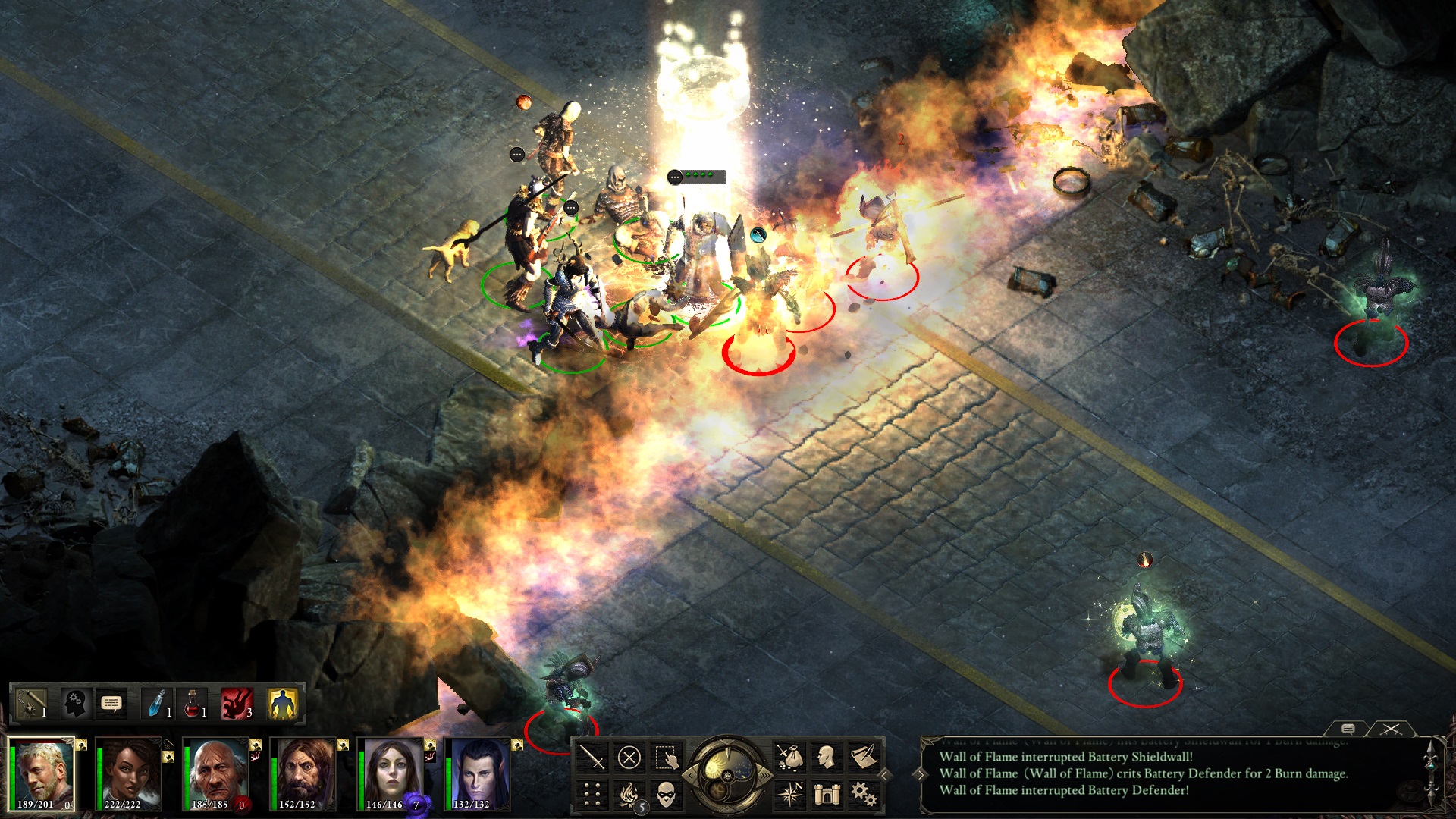Obsidian Entertainment has been specializing in RPG for many years. Despite their commitment to one genre, screenwriters have to adapt to almost every new project. Carrie Patel, the studio’s senior narrative designer, spoke about the difference in approaches using the example of Pillars of Eternity and The Outer Worlds.Patel shared her experience during a speech at the GDC Showcase.
According to her, the work on these two projects was radically different — both because of the difference in the concept, and because of other less obvious differences. Key points from Carrie Patel’s speech can be found on the Gamasutra website.
The Outer WorldsDifferent perspectives — different approaches
Pillars of Eternity uses a standard top camera for many CRPGs.
Because of this, the narrative team had to come up with not just dialogues, but also descriptions of the actions of the characters. At some points, the narration had to be conducted in the third person.
This allowed Patel to prescribe the reactions of the characters in detail and convey their mood and emotions. With the help of similar descriptions, the Obsidian team was also able to animate some static scenes.
Unlike Pillars of Eternity, The Outer Worlds is a first—person game with fully voiced dialogues. Working on such an RPG required Patel and the team to radically change their approach.
Instead of the text descriptions she loved so much during the creation of Pillars of Eternity, she had to rely on character animations. Patel notes that the greatest difficulty was caused by the lack of actors with whom certain scenes could be discussed.

Pillars of Eternity: The White MarchThe difference in role systems and concepts
In Pillars of Eternity, the player takes control of a character with the gift of a “Guardian”.
He has a unique ability to connect with other people’s souls, which is not tied to the class in any way. This skill had to be used in the narrative of the game.
The project is also based on a formula inherent in many tabletop role-playing games. Players can play almost any role within the framework of the world built by designers. “We wanted you to be able to express yourself through a character regardless of how you develop it,” Patel notes.
The experience of working on The Outer Worlds, again, was fundamentally different. The character does not initially have any unique mission or ability (like a Guardian) in the game world – you just get the role of an “outsider” who gets into the Alcyone system.
As a result, Patel and the team had to look for inspiration in pop-cultural images to bring the characters to life and endow them with memorable characters. One of these “templates” for Obsidian was the main character of the series “Firefly” (Firefly) Malcolm Reynolds.
According to Patel, they wanted to create a hero with a broad moral spectrum. He wasn’t supposed to be a saint, but he wasn’t supposed to be a villain either. In this case, the Obsidian narrative team tried not to give the players complete freedom of wagering, but to provide a bright character with his own background.
***So even working on two RPGs in the same studio can be a unique experience.
Games like Pillars of Eternity and The Outer World differ not only visually and gameplay, but also conceptually. That is why they set completely different tasks for narrative designers, some of which they might not have encountered when creating other projects of similar genres.

